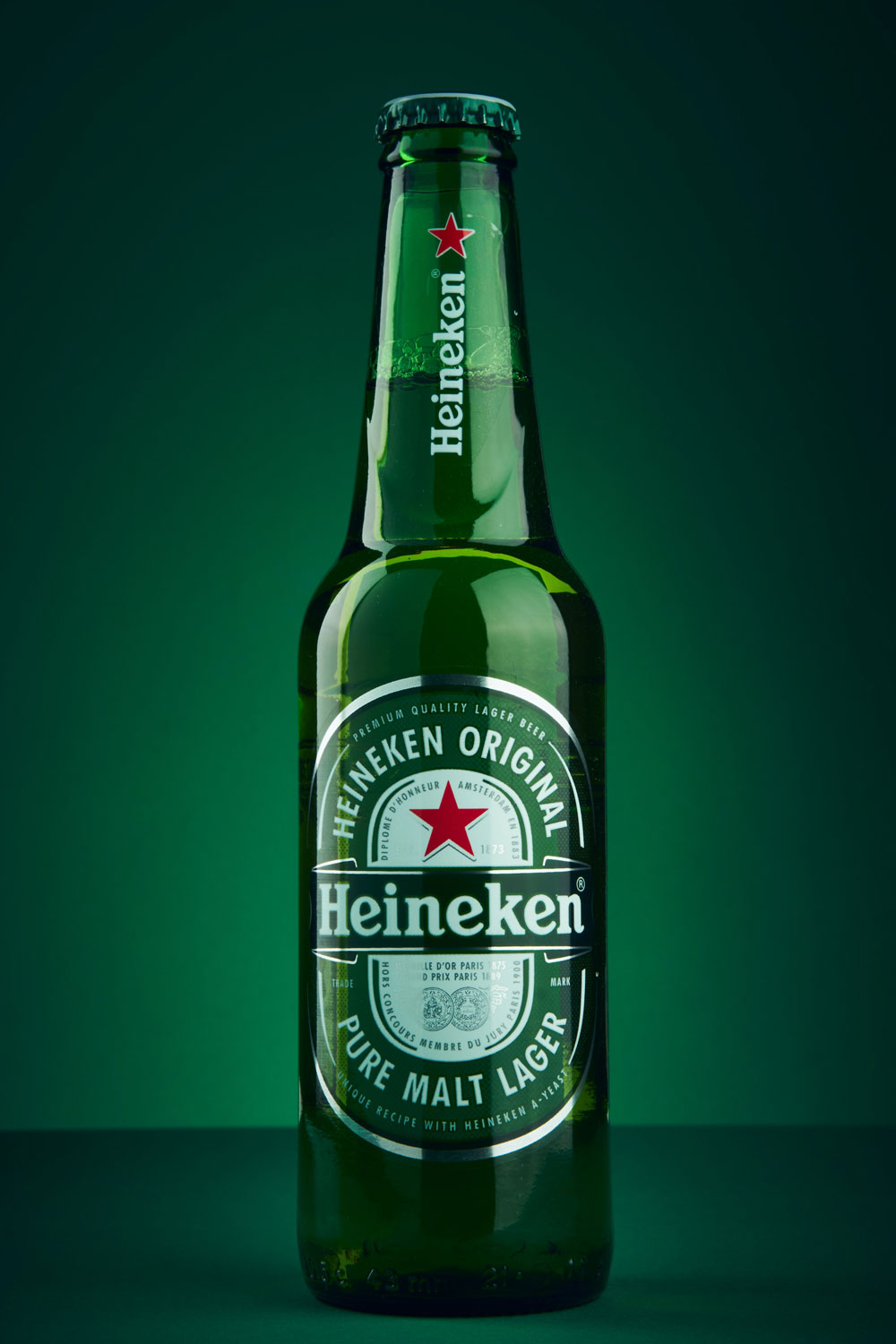A translucent green bottle with a red star—is there anything better than a bottle of Heineken after a long day? Many beer aficionados don’t think so. For 150 years, Heineken Lager Beer has been the centerpiece of many summer get-togethers, barbecues, and family reunions.
Much like Budweiser, Corona, or Modelo, Heineken has been a household name for decades. But with the advent of fancy craft brews and stiff competition amongst younger, hipper audiences—Heineken sales were sliding.
New, flashy brands were replacing old barbecue standbys like Heineken. Nostalgia and history do matter to consumers, but they aren’t everything. After so many decades in the limelight, what could Heineken do to evolve? The answer is user-generated content.
 A Look at Heineken’s User-Focused Content Campaign
A Look at Heineken’s User-Focused Content Campaign
For over 150 years, Heineken has produced the high-quality beer consumers know and love. But with competition getting stiffer by the day, it was time to level up.
What are the common stereotypes surrounding the beer drinker demographic? Often, consumers are painted as middle-aged men employed in blue-collar positions, while living in rural or suburban areas with a few children.
It was time for Heineken to engage a new demographic. In a marketing effort to create user-generated content and find new advertising targets, Heineken launched a campaign asking customers to share insights on how the 60- to 70-year-old demographic lives. Even though they tend to be the consumer segment with the most spending money and the most leisure time to shop, they are often ignored as a buying force.
The prize? $10,000—which proved to be enough for consumers to go wild sharing their thoughts on social media. People were talking about the contest, the prize, and Heineken itself. The promise of ten thousand dollars generates a lot of word-of-mouth marketing!
Heineken used the winning submission to highlight their new priority demographic and adjust their messaging accordingly. That’s the power of user-generated content. It onboards the customer as a powerful force in the marketing world. Rather than brand vs. customer, it’s brand-and-customer working in sync to convert others to Heineken. It’s a symbiotic relationship!
When to Use User-Generated Content
Content marketing plays a significant role in a brand’s marketing strategy. But what kind of content should you be creating to resonate with your target audience? believe that user-generated content is more effective than brand-generated content. Why? People subconsciously believe all brands have an agenda.
Users don’t have an agenda, though. If they’re sharing a product, hopefully, it’s because they love it—and not because they’re being paid to hype up a product. Since honest consumers have nothing to win or lose, people pay attention when user-generated content crops up.
If you’re wondering how to properly use user-generated content, always err on the side of authenticity. A great example of this is Aerie’s latest user-generated content campaign. In the fashion world, body positivity is gaining momentum. That momentum is exactly what their #AerieREAL campaign is building from. Here’s how the content campaign works.
People who buy Aerie clothing take photos and post them online with the #AerieREAL hashtag. There’s a catch, though—photos posted with this hashtag must be unfiltered and unretouched. Then, Aerie’s marketers and social media coordinators scroll through this hashtag and repost some to their company social channels.
What’s the tradeoff? Aspiring social media influencers or everyday people gain followers when a global brand like Aerie reposts its content. In exchange, Aerie gets genuine user-generated content.
However, Aerie took it a step farther—they partnered with country music star, Kelsea Ballerini. She posted on Instagram under the #AerieREAL hashtag, with a brief caption detailing her passion for Aerie and her own issues with body image and insecurity. From a marketing perspective, it paid off big-time. Any fans of Kelsea Ballerini will pay attention when she posts a product. But it’s more than that.
Ballerini’s message ‘coincided’ perfectly with the brand values behind the #AerieREAL hashtag—prioritizing real bodies, vulnerability, and self-love. This type of user-generated content creates as much buzz as a celebrity endorsement, with the added value of content well-aligned with the brand’s message and values. This is a perfect example of when to leverage user-generated content. When it rings true—and fits in with your brand’s preexisting message and themes—go for it!Does User-Generated Content Generate Sales?Customer connection, brand authenticity, and staying on message are great. But any marketers in the crowd may be wondering—does this stuff generate sales? The answer to that question is yes!
The purpose of user-generated content is to create desire. Whether regular customers or celebrities are creating this content, they aren’t just selling a product. They’re selling their lifestyle, success, aesthetics, and more. Generating desire is a primary tenet of user-generated content, and it’s a powerful tool to have as a successful marketer for your brand!
Contact our expert content marketing team to learn how our services can help your business get started with user-generated content.




